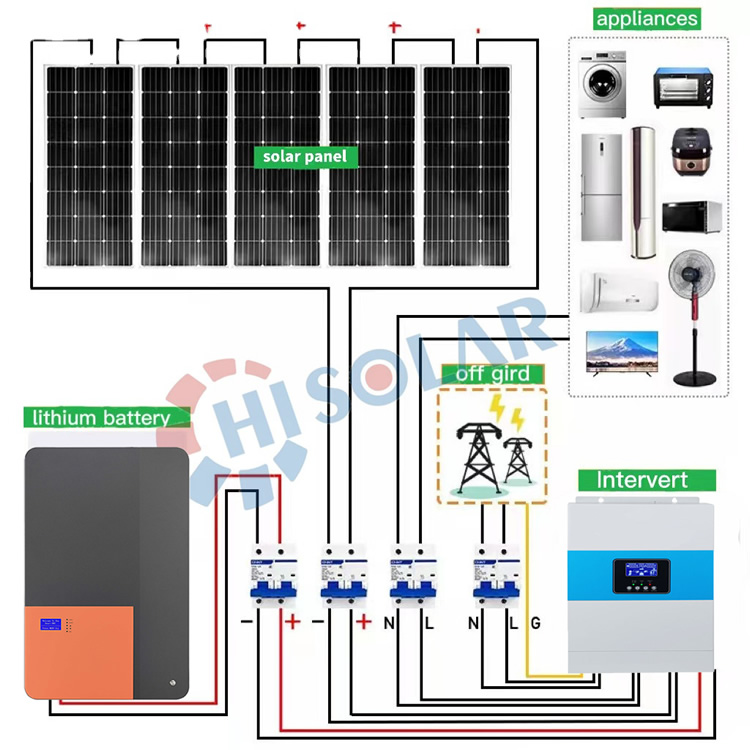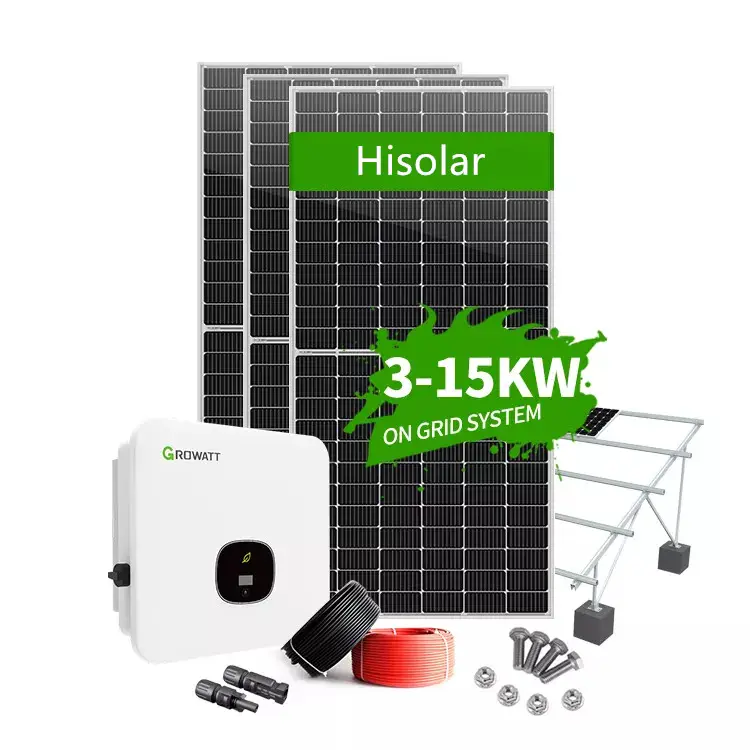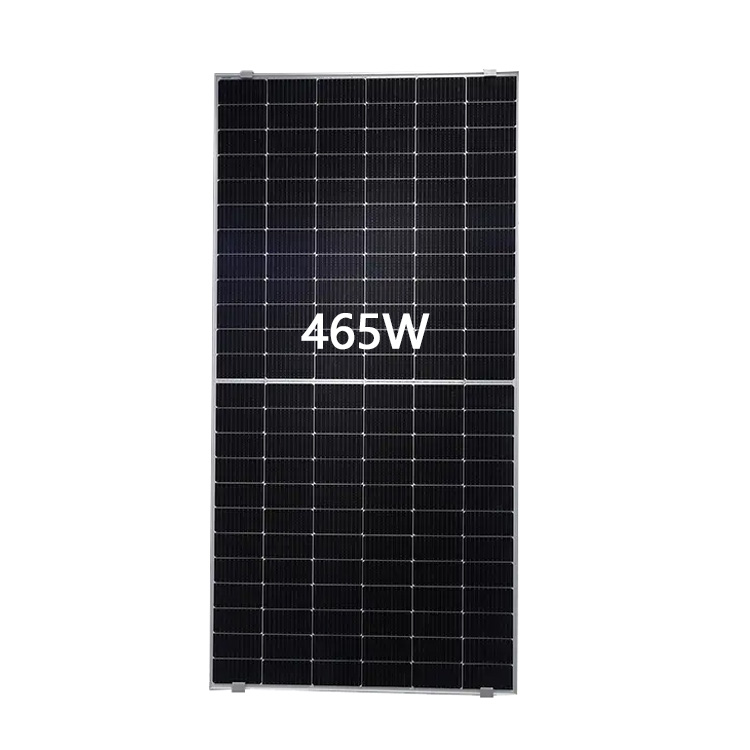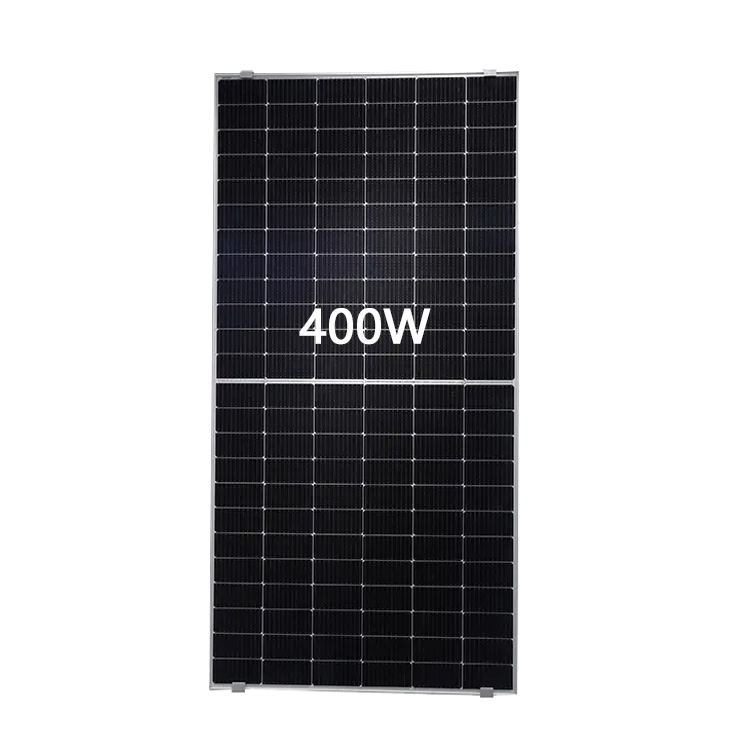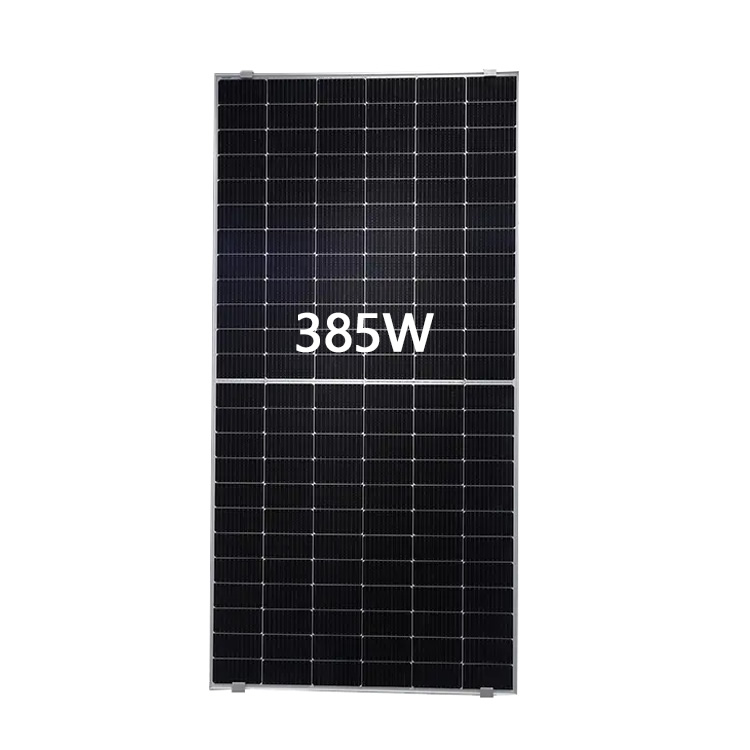How To Buy And Install The Right EV Charger
With EV charging, there isn’t a one-size-fits-all solution. Electric vehicles have different charging capabilities and requirements and every owner also has their own driving needs.
Here’s a look at key aspects of choosing the right charging equipment, installing it properly and best practices for using EV charging equipment at home.
Do You Need to Buy an EV Charger When One Comes Free?
Every electric car comes standard with a portable charger. (This thick cable that plugs into a wall outlet and the car counts as a charger.) However, every manufacturer provides a different unit, with varying levels of charging capabilities. In some cases, the same manufacturer provides different standard charging equipment depending on which of its EV offerings you purchase or lease.
Some of these supplied chargers are powerful and can fully recharge your EV overnight. These are called Level 2 chargers because they need to be plugged into a 240-volt outlet. (Memory aid: for Level 2, think Level 240 volts. Even if that’s not why it’s called Level 2.)
Some standard, EV-maker-supplied chargers plug into a regular 120-volt household outlet and deliver power slowly. These Level 1 chargers are fine for most plug-in hybrids. PHEVs have smaller batteries than battery electric vehicles (BEVs) do. PHEVs have batteries of about 5 to 20 kilowatt-hours (kWh). Pure EVs are more on the order of 60 kWh to 100 kWh.
Is the automaker-supplied charger enough for a BEV? A rule of thumb to follow in determining if the standard charger is enough for your daily charging needs is: Can it fully recharge your EV’s battery overnight? If it can, you probably don’t need to buy another charger. Keep in mind, if the supplied charger is a Level 2, 240-volt unit, then you’ll need to install a 240-volt outlet in your garage, or wherever you plan to charge the vehicle.
